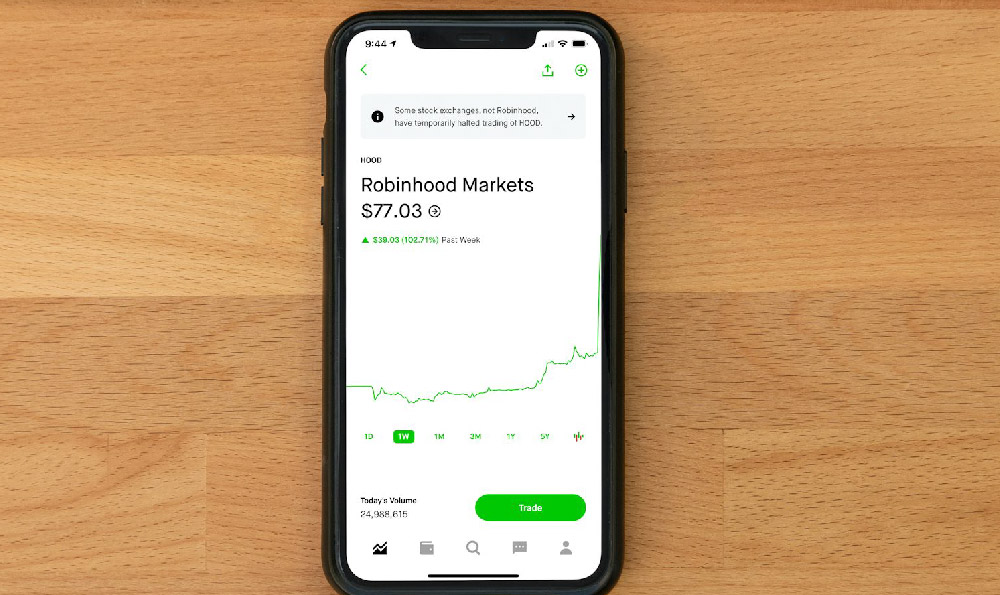There are several ways to monetize a YouTube channel, and the number of subscribers required to make money can vary widely based on factors like content niche, audience engagement, and the type of revenue streams chosen. One of the most common methods is through YouTube's Partner Program, which allows creators to earn money via ad revenue, channel memberships, and Super Chat. To qualify for this program, a channel must meet certain criteria, including having at least 1,000 subscribers and 4,000 watch hours in the past 12 months. However, the actual income generated often depends on more than just the number of subscribers; it also hinges on revenue per view, which is determined by the number of ads displayed and the advertiser's budget. For example, a channel with 1,000 subscribers might not generate significant earnings if the content is not viewed frequently enough or if the ads are not well-targeted. On the other hand, a channel with 100,000 subscribers could earn more if the content attracts high-value advertisers. Beyond the Partner Program, many creators rely on brand partnerships or sponsorships as a primary source of income. In this case, the number of subscribers may not be as critical as the channel’s credibility, audience size, and the ability to generate engagement. For instance, a creator with 10,000 subscribers who produces high-quality content and builds a loyal following may be approached by brands willing to pay for collaborations. Additionally, YouTube offers a membership program where viewers can pay a monthly fee for exclusive content, which can provide a steady stream of income regardless of subscriber count. This program requires at least 1,000 subscribers, but the earnings depend on the number of members, the membership fee, and the frequency of new content. Another option is using YouTube's Super Chat and Super Stickers features, which enable viewers to pay for messages in live streams. While these tools can offer revenue, their effectiveness is often tied to the number of live stream viewers and the channel's popularity. For example, a creator with 50,000 subscribers who regularly hosts live streams may see higher Super Chat income compared to someone with fewer subscribers. Diversifying income sources is crucial for long-term success, as relying solely on ad revenue may not be sustainable. Many top creators combine multiple strategies, such as affiliate marketing, product sales, or Patreon, to generate income. For instance, a creator with 100,000 subscribers might earn a significant portion of their income through affiliate programs, where they promote products and receive commissions. In addition to these options, YouTube's newer features like channel subscriptions and merchandise sales can provide additional revenue, but their impact depends on the creator's ability to engage and retain their audience. Building a loyal community is essential, as viewers who are invested in a channel are more likely to support it financially through subscriptions, donations, or purchases. For example, a channel with 50,000 subscribers that has a strong community presence may have higher earnings from merchandise sales compared to a channel with similar subscriber numbers but lower engagement. Strategic planning and understanding the platform's monetization options can help creators optimize their earnings. It is also important to consider the broader context of YouTube's algorithm and how it affects content visibility, which in turn influences ad revenue and audience growth. For instance, a channel with 50,000 subscribers that produces content with high watch time and engagement may be promoted more by YouTube's algorithm, leading to increased income opportunities. Ultimately, the number of subscribers required to make money on YouTube is not a fixed number, but rather a dynamic factor influenced by a variety of variables. Some creators may achieve profitability with fewer subscribers by focusing on high-value partnerships or niche audiences, while others may need a larger following to generate substantial income through ad revenue or other means. The key to success on YouTube lies in creating valuable content, building a loyal audience, and exploring a diverse range of monetization strategies that align with the creator's goals and the platform's offerings.













